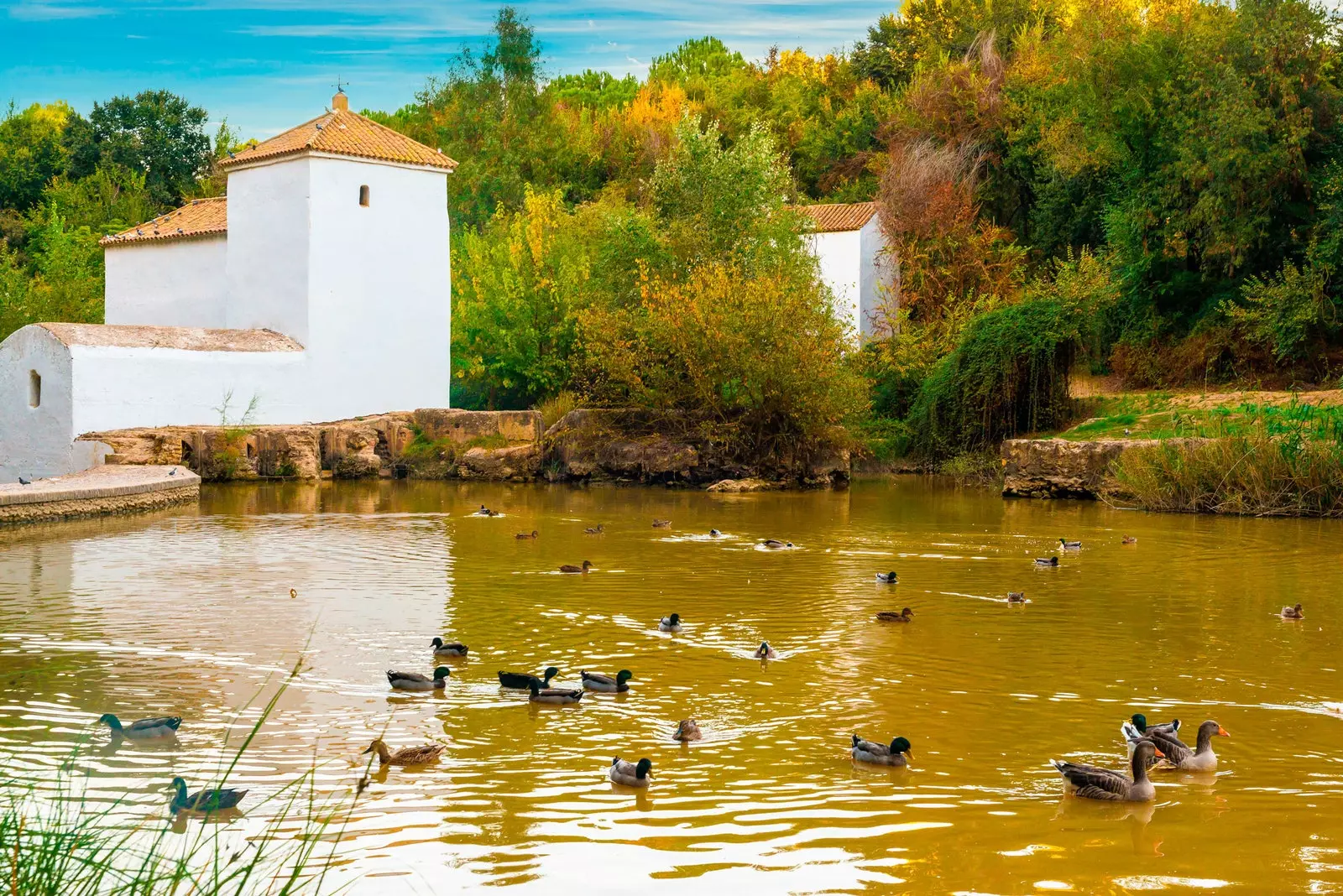
Alcalá de Guadaíra was once known as "Alcalá de los Panaderos"
“The Guadaíra River is here”, says the historian and the already retired local teacher, Francisco López. The “here” indicates the urban bank of the Guadaíra River, which in other areas of its course looks more like a stream. Alcalá de Guadaíra, a municipality just 15 kilometers from Seville, surrenders to this river and has made it one of its attractions.
Every weekend visitors look for a place to rest in the surroundings of Guadaíra. Traditions are back. “Going to the beach is something new. This, at the beginning of the 20th century, was put from boat to boat, ”recalls López. Alcalá de Guadaíra gives the opportunity to enjoy sports and leisure in natural spaces that already captivated many artistic creators of the 19th century.
The union between the city, crowned by its castle, and the river leaves beautiful prints that were represented by the Landscape School of Alcalá de Guadaíra. painters like Emilio Sánchez Perrier, José Lafita y Blanco and Francisco Hohenleiter They captured these places that, thanks to the work of the local administration, can be enjoyed today.
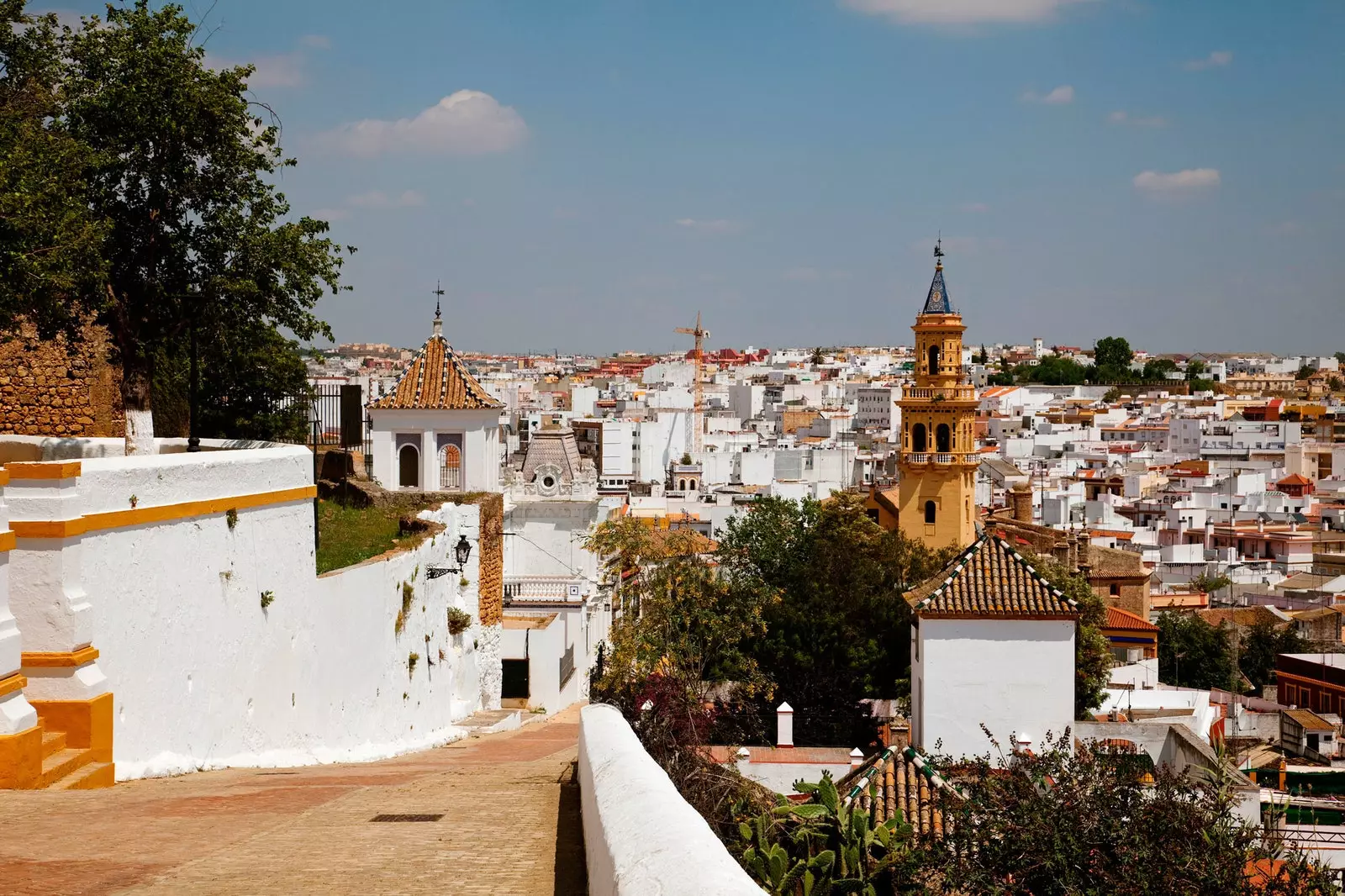
“The Guadaíra River is here”
The landscape of Alcala continues to amaze visitors. The succession of parks has made the municipality have 120 hectares of green areas that make up the natural monument 'Riberas del Guadaíra'.
The network of paths, for pedestrians and bicycles, invites you to start walking. To get lost on a sunny morning accompanying a river whose prominence is linked to the function of the flour mills that dot its margins as it passes through the alcor.
"The control of the course that the mills make means that only here is there an awareness of a river," says López. Because, once again, "the river is here" and creates an indelible mark with the bakery idiosyncrasy of Alcalá de Guadaíra, once known as "Alcalá de los Panaderos".
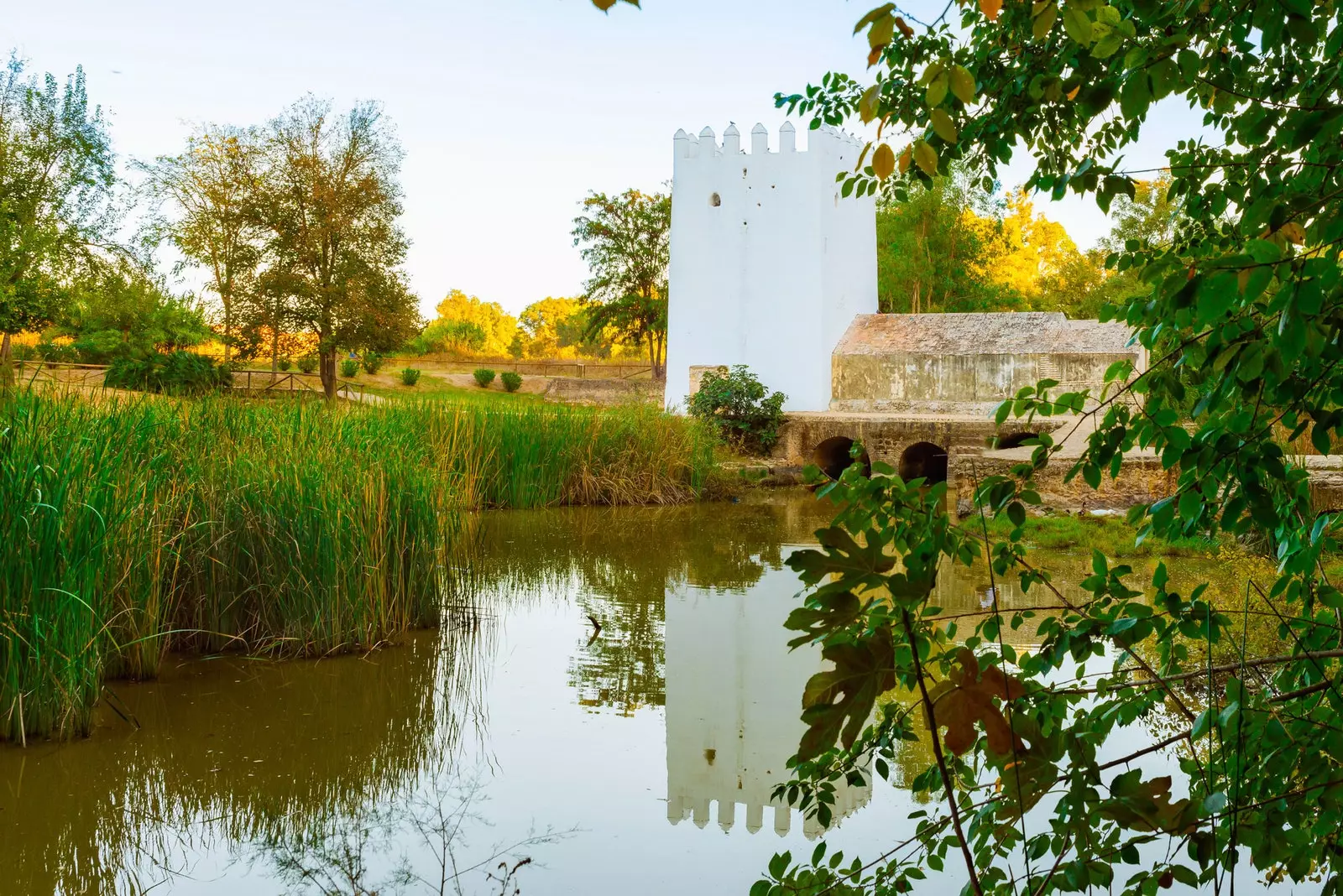
The mill landscape of Alcalá de Guadaíra
MILL LANDSCAPE
Of the different paths that can be followed in this Sevillian town, the Route of the Mills. The itinerary can be done from different points and in this case, the first stop is the Molino de la Aceña.
This mill dates back to Andalusian times and is located in what was “a bathing place”, as López recalls. Further away, in the opposite direction to the urban core, The surroundings of the Molino del Rincón, were at the beginning of the 20th century, a place known for naturism.
The trail continues towards an area of milling conglomeration. The Benarosa Mill, on the right bank of the river, was restored in 1999. Also of Andalusian origin, as revealed by its Banu Arusa toponymy, it appears in the division of Seville in 1252.
This gives way, a few meters and on the same shore, to the Molino de San Juan, that the Castilian crown granted to the Order of San Juan after its support in the reconquest of Lower Andalusia. As with the Benarosa mill, the miller's house is located near it.
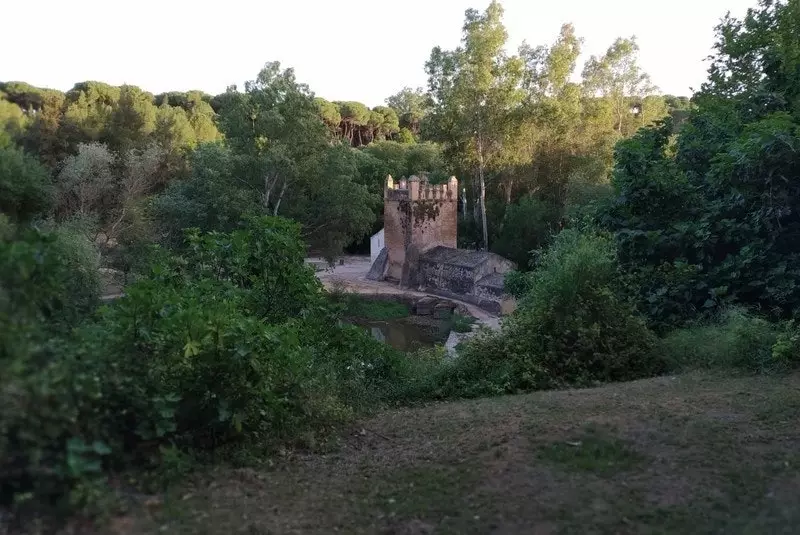
Of the different paths that can be done in this Sevillian town, the Ruta de los Molinos stands out
This time on the left bank, the walker comes across the 17th century Mill of Oromana. It is a stream mill, moved by water from a spring that flows from the left slope adjacent to the river. Its tower has been set up as a viewpoint and it is an opportunity to enjoy the views.
Soon the facilities of the municipal sports center are seen. Leaving to the right the footbridge that connects the Oromana Park with the San Juan Park, the trail continues to the Molino del Algarrobo. Recovered in 2003, it was the property of the Sevillian monastery of Saint Jerome of Buenavista and is dated to the fourteenth century.
Along with that of Aceña, it is one of those that maintains the most late medieval elements. It can be visited inside and you only have to carry out a procedure in the nearby Tourist Office , located, how could it be otherwise, in an old flour mill in the city.
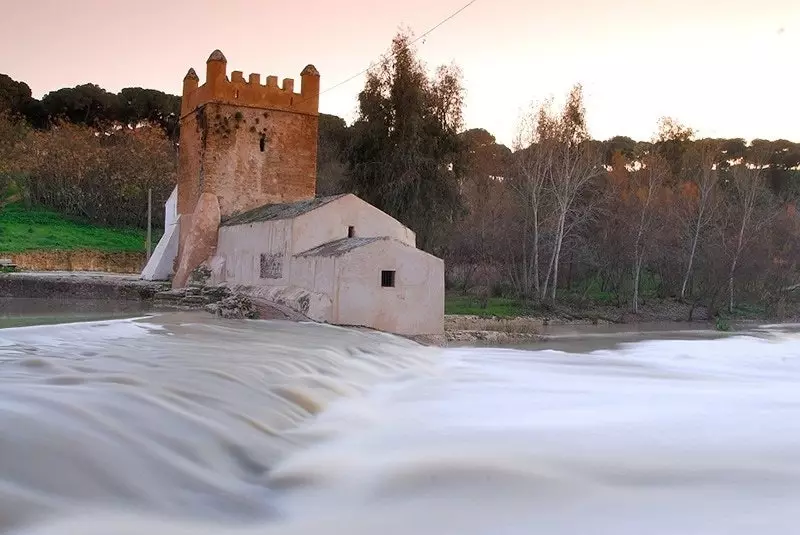
A walk between history and nature
On the right bank, the La Caja mill shared the dam with the Algarrobo mill. However, this mill disappeared when a flour mill was built on its land. The route comes to an end after just over two kilometers in the Charles III Bridge, next to the city center.
Just before, in the area called El Bosque, is the Molino de la Tapada, of which there is evidence in the sixteenth century. Opposite, is the Molino de las Eras, possibly built in 1605, in the Parque de San Francisco.
AND BEYOND
The course of the river grabs the city by the waist. The walker can continue along the banks of the Guadaíra, which extends between orchards and olive groves. It is the Parque de la Retama that extends to the bridge of the Dragon, inspired by the work of the Barcelona architect Antonio Gaudí.
In this section you get the best views of the Castle of Alcalá. The walled complex crowns the city and is where the river fulfilled a defensive function. From the recreation and bathing site you go to the moat. Following the path you can find two other flour mills: Vadelejos and Realaje.
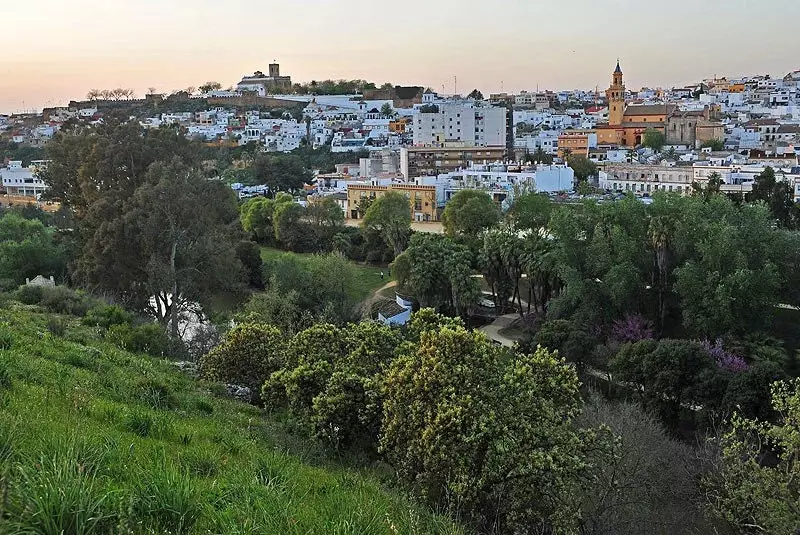
Alcalá de Guadaíra: what are you waiting for?
MILL CULT
Alcalá de Guadaíra once had 40 flour mills in operation at its peak. Most of them date from the Islamic and late medieval times and only eight are preserved. There is a cult towards these industrial buildings and its recovery highlights the local sensitivity towards the baking tradition.
The mills in Alcala, mainly rodezno, have undergone various renovations and transformations over the centuries. Little remains of the original vestiges of buildings that have a quadrangular tower that was used as a warehouse, as well as a loading and unloading area for grain and already ground flour.
In addition, in the direction of the river current, a rectangular milling nave with a half-barrel vault is placed. under which the buckets are located, the water passages and in which the rodeznos were located, that is, the hydraulic wheels that moved the stones in charge of grinding the grain. In its vicinity, some still preserve the miller's house, at a distance that saved the flood level.
The milling activity made Alcalá de Guadaíra become the main supplier of bread to Seville. This product became a hallmark of the city whose economic growth was based on this industry.
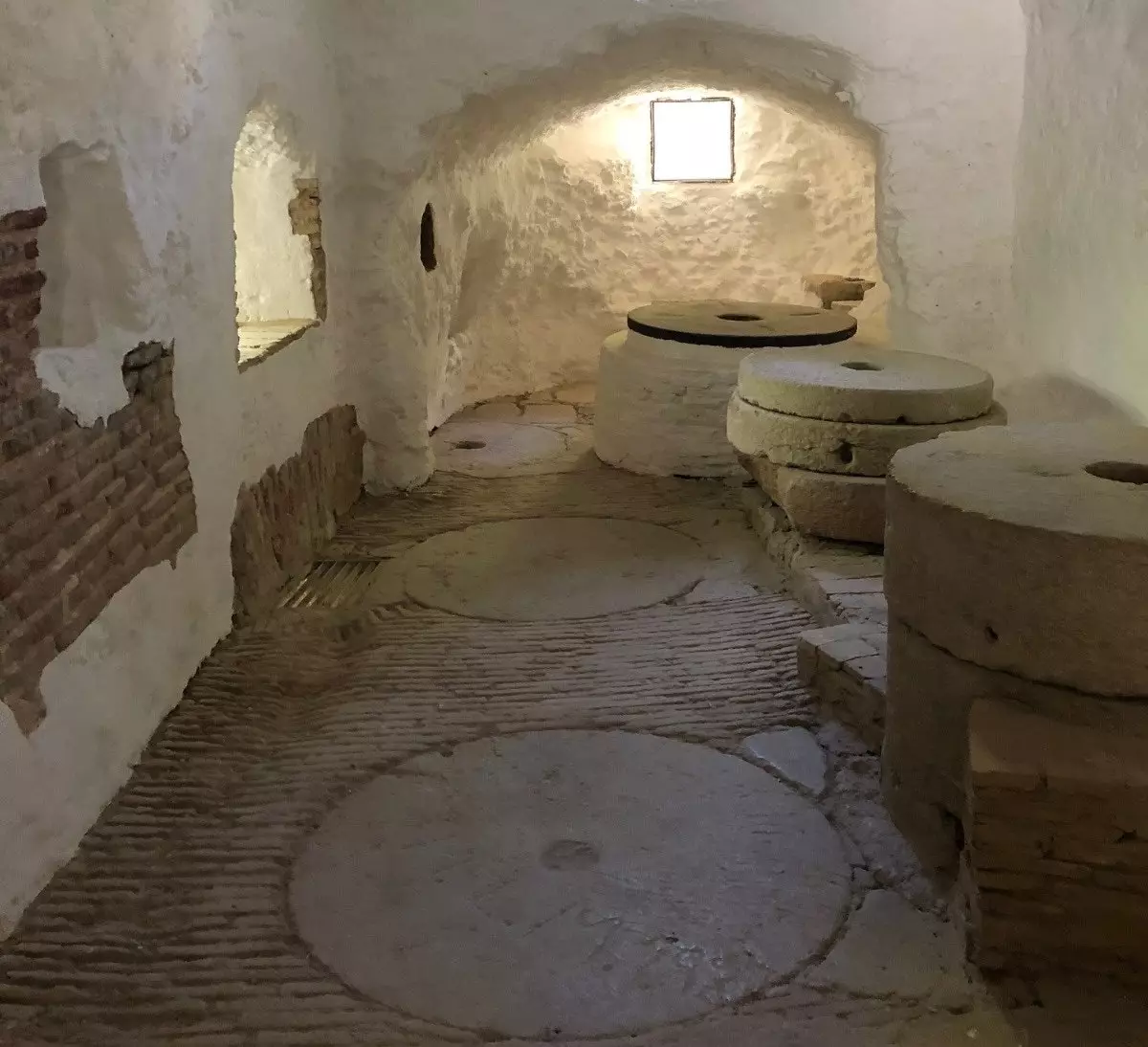
Inside one of the mills
"HEALTHY AND NATURAL"
Although the bakery sector is no longer the engine of the city, the tradition remains alive. The Bakers Association of Alcalá de Guadaíra has been claiming its bakery heritage for four years and seeks to recover the local market.
"People continue betting on their bread despite the downturn caused by precooked bread," says Eulogio González, president of the association. Alcalá bread has experienced "an upturn" thanks to the promotion of "healthy and natural" bread carried out by the 15 associated bakeries in the city.
The defense of bread as a sign of identity is backed by history. Now the traditional pieces (buns, telereas, picaítos, half acarrilladas, half silly...) are brought together under the brand " Pan de Alcalá” which, as González says, tries to have a leading role in nearby Seville and value the know-how of the bakers from Alcalá.
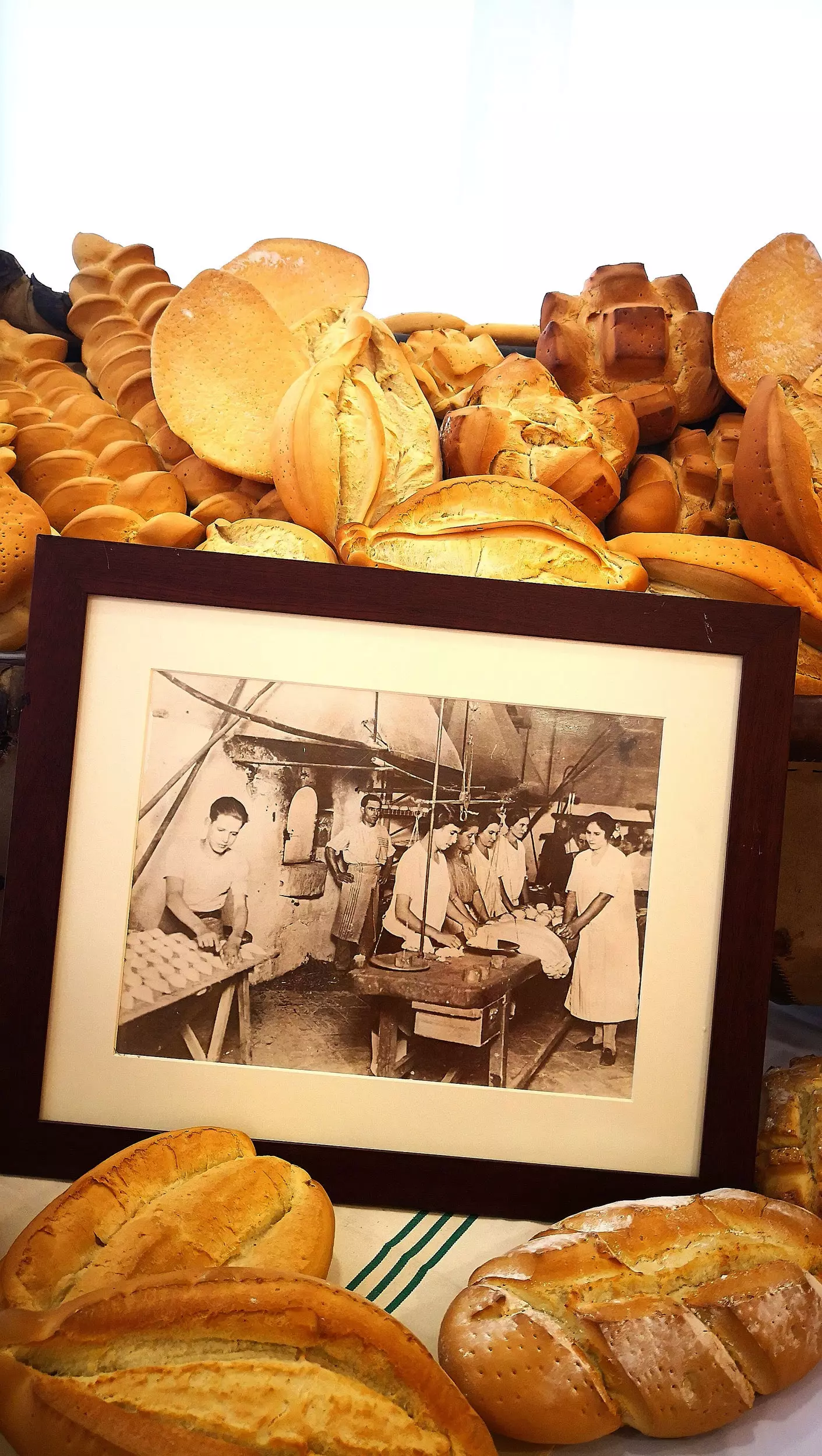
The baking tradition is the hallmark of the people of Alcala
